![How To Make/Create an Invitation in Google Docs [Templates + Examples]](https://images.template.net/wp-content/uploads/2023/07/How-To-Make_Create-an-Invitation-in-Google-Docs-Templates-Examples-788x443.png)
How To Make/Create an Invitation in Google Docs [Templates + Examples]
To formally invite someone or a group of people to an event or activity, you will need to send out…
Apr 24, 2023
Concept maps are effective graphic conduits to present ideas and make us understand how each concept is linked to one another. Ever since the concept map was invented in the 1970s, this visual tool eventually helped illustrate all sorts of ideas and concepts related to science, math, engineering, technology, art, and even business.
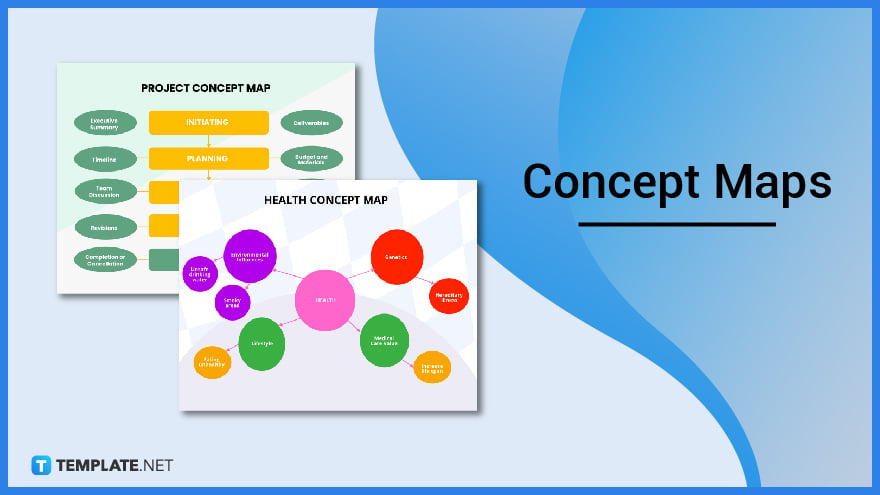
Concept maps are conceptual or visual diagrams that present ideas and depict how each idea is related to the other.
A concept map provides an easy-to-understand and graphic approach to presenting conceptual data rather than explaining concepts in long paragraphs and overly detailed information.
A concept map is a creative graphic diagram that presents a concept and the ideas brought up by the matter. The history behind concept mapping can be traced back to the 1970s; the idea was coined by Joseph D. Novak at Cornell University for research purposes. It was found that the standard system for concept maps is that ideas are enclosed in shapes called nodes while connection arrows or arcs depict the hierarchy or relationship of each idea.
Photosynthesis is generally known as the systematic process of how plants, particularly green-pigmented plants, utilize sunlight to grow, exude oxygen, and involve water and carbon dioxide for energy. If you are looking for a simple visual aid to explain how photosynthesis works for student use, present a photosynthesis concept map instead. This is how you display the cycle of photosynthesis in the easiest way possible.
Nursing is a broad term that your concept map could tackle the hierarchy of nursing professionals of a hospital, enumerate the different tasks to be done by a nurse, and more. You can also focus on a nursing concept map that enumerates the many nursing fields in the market. Any idea related to nurses would belong to this type of concept map.
Whether you are handling a professional or personal project, always plan it out with a detailed project concept map. This marks your opportunity to lay out how the project works from start to finish (preplanning to post-project). Be sure to state the elements per project stage in the concept map and use it as a reference in doing the actual project.
Like a basic chart, diagram, or mind map, a concept map is a graphic organizer for any topic may it be about climate change, globalization, arts and culture, ecosystem, or education. Use a graphic organizer concept map to outline the ideas of a topic in an easy-to-read and organized way. Plus, it is a perfect tool to explain a subject visually in front of an audience.
Health-related ideas could surely use a conceptual diagram such as when a doctor wants to explain what hypertension or diabetes is with graphic elements to a patient. Using a health concept map, showcase health-driven topics such as the circulatory system, respiratory system, psychology, and even health assessment. Be sure to fact-check the elements in the map as nobody wants to spread out faulty information about health concerns.
Chemistry is fun with colorful graphics and well-explained data. A chemistry concept map can certainly do that for you such as illustrating the different types of chemistry to students. Also, you can optimize the concept map for other fields of science including biology and physics; thus, making teaching and learning much more creative.
Talk about the evolution of mankind, video game upgrades and evolutions, or any other concept related to how a subject has developed over the years through an evolution concept map. This type of concept map is an artistic way of summarizing the evolution of a product, business, person, or anything. Therefore, there is no need to read long history books in understanding a subject’s gradual evolution.
Leverage an illustration concept map when you want to produce a concept that doesn’t merely inform but presents something with superb aesthetic appeal. The best part is that it works for any purpose or industry you want to talk about as your concept. Just fill in the illustration with the main concept and label the ideas behind them.
Upon conceptualizing a design for a living room, fashion clothing, or comic book character, utilize a design concept map to outline your design-focused ideas. This particular concept map guides you on how you came up with the design as well as how to accomplish it. Also, the design concept map makes it easier to tell the story behind your design once you’re asked to share about it.
Meetings are crucial in any field when it comes to sharing problems, providing feedback, and setting objectives. Be sure to guide whoever is expected to be in the meeting with a meeting agenda concept map. This specific concept map helps you summarize the topics to be discussed in the meeting, the names of the facilitators, the action items, and more.
A concept map displays the different concepts you have in mind and how they are linked or connected; the main question now is, “why is it necessary?” Concept maps have always been effective in processing knowledge because of the following reasons:
It is said that using a concept map or any visual element for reading and sharing information is highly effective. According to 3M Corporation’s research, learning through visuals is around 60,000 times quicker than through text. Leverage a graphic concept map if your goal is to make audiences understand something pronto.
With the concept map’s resources of nodes and arcs, you also get a grasp of why each concept is important. The ideas mentioned in the diagram help you understand their relationships rather than just mentioning irrelevant topics in one visual aid. Understand the entire process displayed in a concept map and you’ll navigate the purpose of each element there.
There’s no need to force anyone into reading an entire book or source material to understand an idea. Concept maps are known to summarize the important parts of thought by only inserting the main keywords into the diagram’s nodes. That way, you never need to write long sentences and paragraphs per idea since you can trim it down for a more straightforward or comprehensive thought.
Upon seeing the finished product of a concept map, you’ll eventually show it to target audiences. What happens next is you can use the visual aid to spark conversations and collaborations. During a meeting or class discussion, for example, a concept map encourages audiences to speak up about what they understood about the concept, what the problem is, or what can be done to improve the concept.
Even though concept maps tackle the main keywords or summarized ideas, they are still detailed as a whole. This type of diagram introduces one main concept and then branches out to its varied subtopics. That way, audiences can perceive more about the concepts inside and not just gather apparent-level information.
Concepts are the heart of a concept map or the labels inside the shapes illustrated in the diagram. A concept can be a name of a person, an object, or an event.
Inside a concept map, linking words and phrases are found on the connection lines between objects. Often expressed in verbs, these linking words label how concepts are related to each other.
A proper meaning between two concepts with linking words, and even more, is best described by a propositional structure. It is a concise statement in concept maps that is also referred to as semantic units.
When the concept map displays the hierarchy of an organization, it follows the hierarchical structure. This example is where the managerial concepts are found on the topmost part of the diagram while the lower-level concepts are at the very bottom.
Also called the problem statement is the focus question of a concept map. The focus question reminds you of the main context of the concept map such as what the problem is; it is often mentioned at the top-center part of a diagram.
The parking lot serves as a draft of all the concepts and ideas expected in your concept map. It is simply a list of the various concepts to be inserted in the diagram and you use the parking lot as a reference when you finally fit each idea into the concept map.
Relationships among concepts are best illustrated using cross-links. These cross-links are graphic representations of how the concept map’s domains are linked to each other.

1. Choose a Concept Map Size
2. Identify the purpose of making the concept map
3. Pick a blank or editable Concept Map Template
4. Add the parts or elements of a concept map
5. Finalize the format, content, and design
6. Save and download your work
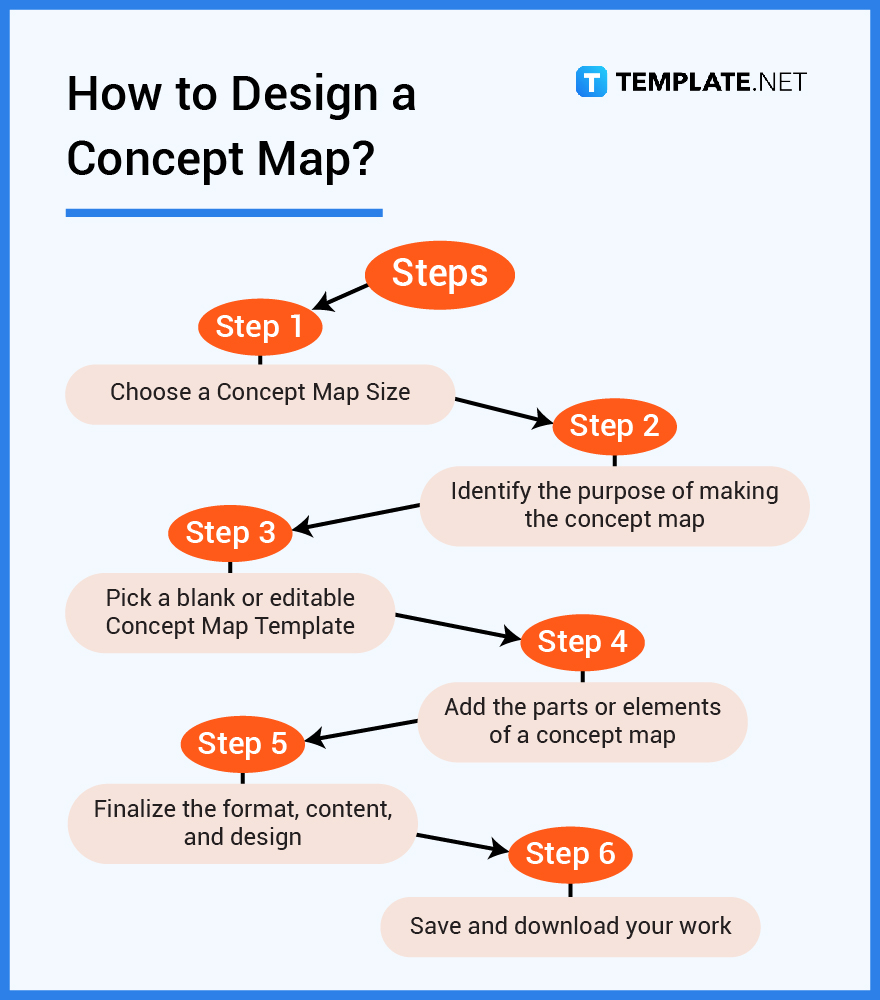
Concept maps are graphic diagrams that illustrate various ideas and concepts as well as their relationship; a concept map focuses on external ideas.
Mind maps are visual diagrams that display a set of concepts, tasks, or objects and how they are connected; a mind map focuses on internal ideas.
A concept map is a creative tool for displaying ideas and understanding their connections to one another.
A flow chart is a diagram that focuses on sequence, such as the progress of a project, the movement of people, or how an event happened from start to finish.
An outline visually presents a set of items, including their connections, in a hierarchical manner.
Setting the concept map sizes can be tricky because the dimensions often vary on how much content would fit in your concept map and they are even displayed either in portrait or landscape. If you need to base your concept map based on the standard paper sizes, expect to follow these formats and dimensions:
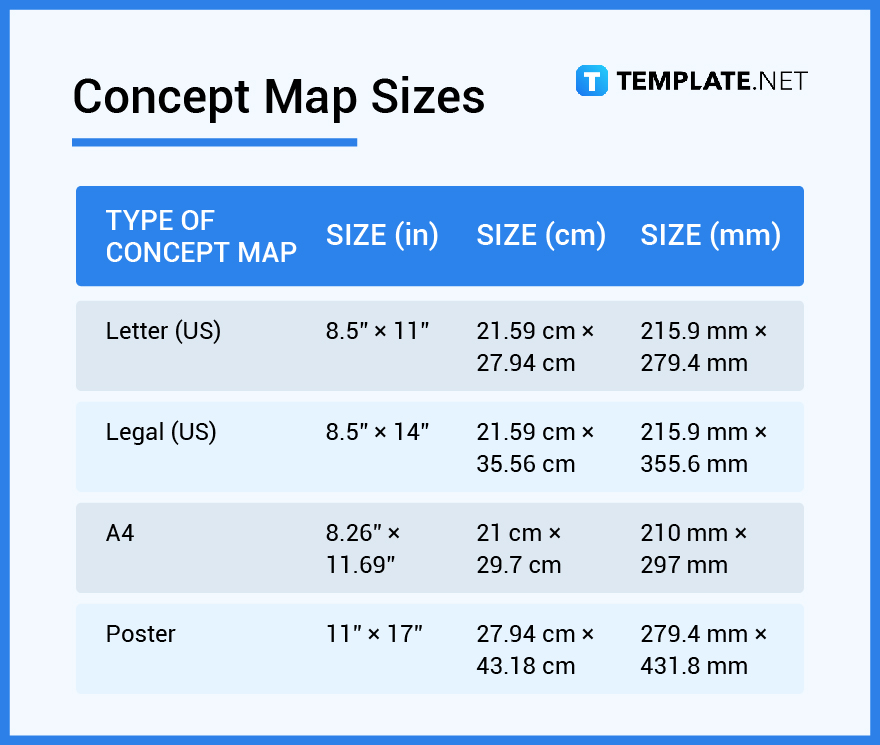
There is no one right way to build a concept map because ideas can be anything. If you are looking for a concept map worksheet generator and eventually choose the best example that suits your needs, get inspiration from these excellent concept map ideas and examples:
A concept map must have nodes or shapes with ideas inside and arcs or connection lines to describe relationships.
These are the concepts, linking words, propositional structure, hierarchical structure, focus question, parking lot, and cross-links.
Yes, you can insert sentences in concept maps but don’t overdo it because concept maps should mention only the keywords and important phrases as an abridged version.
To create a concept map, download a concept map template, state your main concept, outline the different key ideas, organize the nodes and their corresponding arcs, and publish the concept map.
In terms of writing, concept mapping is used to lay out and organize your thoughts until everything would be understood easily.
Recognize the main subject, set the focus question, name the key concepts, arrange the concepts according to relationships, design according to the preferred format, and do the final touches to the concept map before publishing it.
A concept map graphic organizer allows you to illustrate the different ideas of a particular main topic and organize them in a visual and easy-to-read manner.
A concept map helps teachers discuss any topic with easy-to-follow visual aids and it also encourages students to participate and do brainstorming in class.
A concept map is considered good if it contains the basic parts of a concept map, as discussed before, and the details of the concept map are easy to understand.
Concept maps show graphic presentations of various ideas and concepts including what makes them linked to one another.
![How To Make/Create an Invitation in Google Docs [Templates + Examples]](https://images.template.net/wp-content/uploads/2023/07/How-To-Make_Create-an-Invitation-in-Google-Docs-Templates-Examples-788x443.png)
To formally invite someone or a group of people to an event or activity, you will need to send out…
![How To Create an ID Card in Google Docs [Template + Example]](https://images.template.net/wp-content/uploads/2023/07/How-To-Create-an-ID-Card-in-Google-Docs-Template-Example-788x443.png)
ID cards are used as a way to represent an individual to the company or organization they work or volunteer…
![How to Make an ID Card in Microsoft Word [Template + Example]](https://images.template.net/wp-content/uploads/2023/07/How-to-Make-an-ID-Card-in-Microsoft-Word-Template-Example-788x443.png)
ID cards are an essential part of any employee working for a company or an organization to be recognized as…
![How To Make/Create a Book Cover in Google Docs [Templates + Examples]](https://images.template.net/wp-content/uploads/2023/07/How-To-Create-a-Book-Cover-in-Google-Docs-788x443.png)
Aside from protecting a book, book covers are specifically designed to attract readers and convey the essence of the book.…
![How To Make/Create a Book Cover in Microsoft Word [Templates + Examples]](https://images.template.net/wp-content/uploads/2023/07/How-To-Create-a-Book-Cover-in-Microsoft-Word-788x443.png)
A book cover is the outer layer of a book that is used to protect its contents. Book covers are…

Job vacancy is a common scenario in companies and organizations. Employees leave for all kinds of reasons and when they…
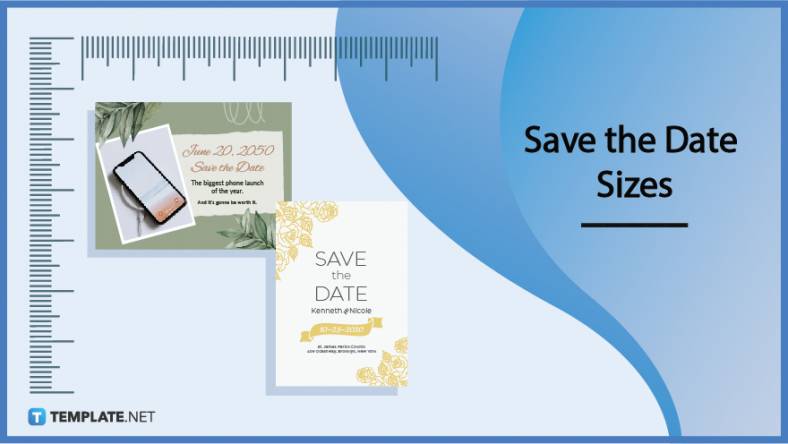
Save the date sizes are usually the same size as a formal invitation. But there are a number of different…
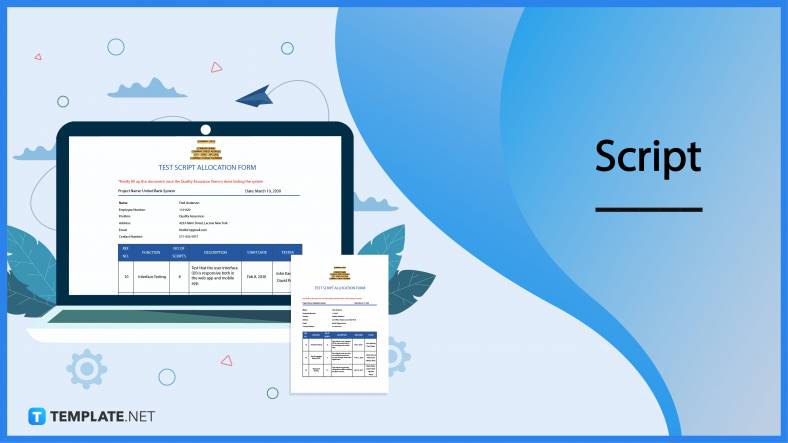
Script is a popular word that is frequently used in the entertainment world. There are a variety of areas and usages…

Presentations may not look as pleasant as how you design them with pictures, animations, videos, and other graphic designs without…